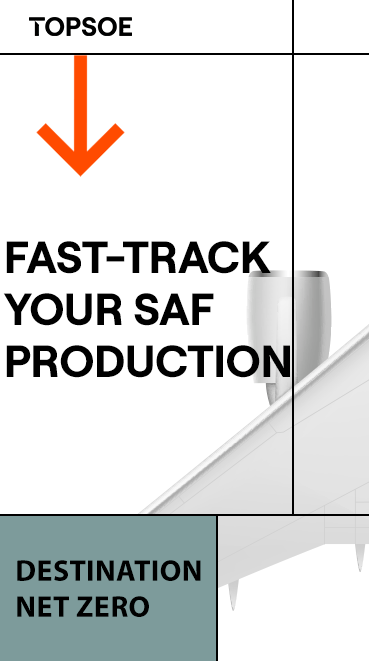USDA providing up to $7.7 billion for climate-smart practices on agricultural lands

The USDA announced Oct. 2 up to $7.7 billion in assistance for fiscal-year 2025 to help agricultural and forestry producers adopt conservation practices on working lands.
This includes up to $5.7 billion for climate-smart practices from the Inflation Reduction Act and $2 billion in farm-bill funding.
This is more than double the amount available last year and, according to USDA, the most conservation assistance made available in a single year in U.S. history for popular USDA conservation programs.
USDA’s Natural Resources Conservation Service received more than 156,485 applications for its conservation programs in fiscal-year 2024.
While NRCS accepts applications year-round, interested agricultural producers can now apply for fiscal year 2025 funding through NRCS at their local USDA service center.
“We continue to see record demand for these programs, and we’re confident that we can continue to get the support out to conservation-minded producers,” said Agriculture Secretary Tom Vilsack. “This funding will be used to maximize climate benefits across the country while also providing other important conservation and operational benefits, which will lead to economic opportunity for producers, and more productive soil, cleaner water and air, healthier wildlife habitat, greater connectivity, and natural resource conservation for future generations.”
The IRA invests an additional $19.5 billion in NRCS’s oversubscribed conservation programs over five years, which began in fiscal-year 2023.
This year, producers can apply for $2.8 billion through the Environmental Quality Incentives Program, $943 million through the Conservation Stewardship Program, $472 million through the Agricultural Conservation Easement Program, and up to $1.4 billion in the Regional Conservation Partnership Program.
This is in addition to the $2 billion available for these programs through the farm bill, including $860 million for EQIP, $600 million for CSP, $450 million for ACEP, and $250 million for RCPP.
NRCS is accepting applications for ACEP for fiscal-year 2025, which includes $472 million in IRA funds for this year.
ACEP helps producers conserve and protect grasslands, wetlands and farmlands.
Producers interested in IRA funding through ACEP should submit their applications by the next two ranking dates, Oct. 4 or Dec. 20.
Any ACEP application submitted to NRCS that was unfunded in fiscal-year 2024 will be automatically reconsidered during the Oct. 4 funding cycle.
In addition, NRCS is also accepting ACEP applications eligible for farm-bill funding.
Application dates for fiscal-year 2025 funding differ by state, and they’re available on the NRCS Ranking Dates webpage.
NRCS accepts producer applications for EQIP and CSP year-round, but producers interested in fiscal-year 2025 funding should apply by their state’s ranking dates through NRCS at their local USDA service center.
Funding is provided through a competitive process and is an opportunity to address the unmet demand from producers who have previously sought funding for climate-smart conservation activities.
Additionally, USDA will hold a briefing Oct. 4 at 11:30 a.m. Eastern time for interested agriculture and conservation partners.






















-RKstandin.jpg)
_gif.gif)




